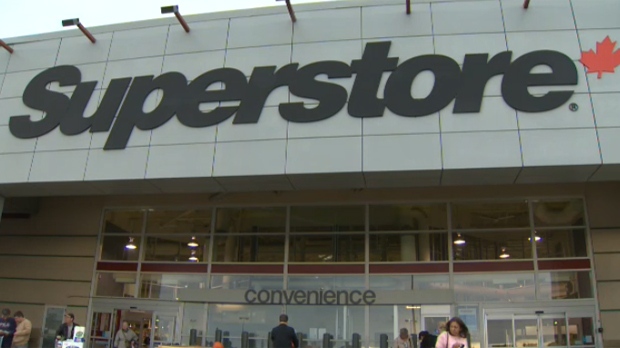Sun., September 26, 2021,

Registered nurse Debbie Frier, left, injects Leah Sawatsky, an emergency room nurse, with the Pfizer-BioNTech vaccine in Regina last December. (Michael Bell/The Canadian Press - image credit)
A group representing respirologists, respiratory health-care professionals and respiratory scientists is calling for legislation to make it mandatory for people working in health care to be fully vaccinated against COVID-19.
The Canadian Thoracic Society issued a position statement on mandatory vaccinations for health-care workers on Sept. 22.
Dr. Paul Hernandez, the society's president and head of respirology at Dalhousie University, said the vaccines have proven to be the most effective way to reduce death, severe illness and hospitalization from the virus.
"We've debated this over the summer at our executive and board level and have unanimously supported this call for mandatory vaccination," he said.

Mike Dembeck
Hernandez said the Canadian Nurses Association and the Canadian Medical Association have already recommended mandatory COVID-19 vaccinations for all health-care workers.
In the case of the few individuals with a reasonable exemption from vaccination, Hernandez said governments and health authorities need to ensure that they don't increase the risk to patients of their co-workers.
Describing vaccination as just "one part of a total package of tools" in the fight, he said mandatory vaccination does not remove the need for masking and personal protective equipment, handwashing and physical distancing where appropriate.
Responding to concerns expressed about the effectiveness of the vaccine, Hernandez said fully vaccinated patients are a "very small minority" of patients who require hospitalization or die from COVID-19.
"It's in the order of two per cent," Hernandez said. "So 98 per cent of the patients that we see in hospital, or who unfortunately die from COVID 19, have either not been vaccinated at all or have only had a single dose of a two-dose vaccine."
Hernandez said he is hoping other health-care organizations join the call for mandatory vaccinations for health workers.
He said he knows from speaking to nurses in Nova Scotia and from the releases issued by the Nova Scotia Nurses Union that they have been strongly encouraging their members to get vaccinated.
The Canadian Federation of Nurses Unions and its member organizations like the NSNU issued a position statement in August that strongly encouraged members to get vaccinated but stopped short of calling for mandatory vaccinations.
The national federation said the benefits provided by the vaccines far outweighed any risks, but that it would leave any mandates to public health officials.
The statement said nurses' unions would support a vaccination or testing policy requirement for high‐risk settings when it is supported by science.

Dave Laughlin/CBC
Janet Hazelton, NSNU president, said if Public Health decides that vaccination is a requirement to work in health care, the union would support the recommendation.
"We are increasingly concerned as we look across the country about the amount of patients being admitted with COVID in the next wave," Hazelton said. "The ICU can only hold so many people."
Hazelton said should public health introduce a vaccination mandate it must also accommodate nurses who can't be vaccinated.
She said in those situations the employer should "respect and take appropriate action" by providing more personal protective equipment and increased testing.
In response to an emailed inquiry about mandatory vaccinations for health-care workers, Pattie Lacroix, a spokesperson for the College of Physicians and Surgeons of Nova Scotia, said the college "follows the direction and guidance as provided by the province's Chief Medical Officer."














